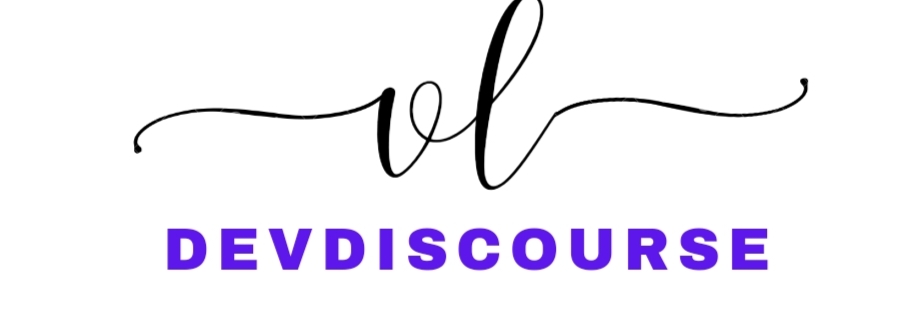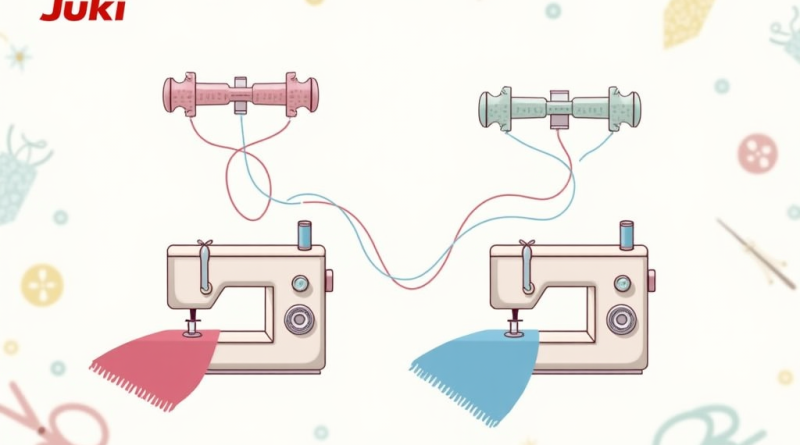Understanding Juki F and L Bobbins: Key Differences, Compatibility, and FAQs
When working with sewing machines, especially industrial-grade ones like Juki, the type of bobbin used plays a crucial role in the machine’s efficiency and stitching quality. Among the many bobbins used in the sewing world, two prominent types, Juki F and L bobbins, often create confusion. Are they the same? Can they be used interchangeably? In this article, we’ll clarify the differences between Juki F and L bobbins, explore their compatibility, and answer seven frequently asked questions at the end to resolve all common doubts.
What Are Juki F and L Bobbins?
Juki sewing machines are well-known for their high performance and durability, especially in industrial environments. However, one of the critical components that can affect a machine’s performance is the bobbin type. Bobbins hold the lower thread in a sewing machine, and different machines require specific bobbin sizes to function optimally.
- Juki F Bobbins: These are typically larger in diameter and are designed for specific Juki sewing machine models. They are often used in machines that handle heavier fabrics and longer stitching processes.
- Juki L Bobbins: Smaller in comparison to F bobbins, L bobbins are widely used across various sewing machines, not just Juki. These bobbins are commonly found in both domestic and industrial machines and are ideal for lighter fabric work.
Key Differences Between Juki F and L Bobbins
- Size:
- The most noticeable difference between Juki F and L bobbins is their size. F bobbins are larger in diameter, making them ideal for machines that require more thread for heavy-duty projects. In contrast, L bobbins are smaller and suitable for machines that need less thread, typically for lighter tasks.
- Thread Capacity:
- Due to their size, Juki F bobbins can hold more thread than L bobbins. This is particularly useful for industrial sewing projects where large volumes of stitching are required without frequent bobbin changes. On the other hand, L bobbins hold less thread and are better suited for smaller-scale projects or domestic sewing tasks.
- Material:
- Both F and L bobbins come in metal and plastic versions. Metal bobbins tend to be more durable and are often preferred for industrial machines, while plastic bobbins are lightweight and work well for domestic purposes.
- Compatibility:
- Juki F bobbins are specifically designed for certain Juki models, whereas L bobbins are more versatile and compatible with a broader range of machines, including non-Juki models. However, using the wrong bobbin can lead to tension problems, skipped stitches, or even damage to the sewing machine.
- Usage:
- F bobbins are typically used in machines that sew heavy fabrics like denim, canvas, or leather. L bobbins, being smaller, are ideal for lighter fabrics such as cotton or polyester, making them more common in everyday sewing projects.
- Availability:
- While both F and L bobbins are widely available, L bobbins are more commonly found due to their use in various sewing machines. F bobbins, being more specialized, may be harder to find or may require ordering from a Juki dealer.
Compatibility Concerns: Can Juki F and L Bobbins Be Used Interchangeably?
The short answer is no—Juki F and L bobbins are not interchangeable due to their size and the machine specifications they are designed for. Using the wrong bobbin can cause several issues:
- Tension Problems:
- Sewing machines are calibrated for specific bobbin sizes. Using a bobbin that’s too large or too small can lead to improper thread tension, causing uneven stitches or thread breakage.
- Stitch Quality:
- A mismatched bobbin can affect the quality of your stitches. Incorrect tension or poor threading can lead to skipped stitches, loose threads, or even damage to the fabric being sewn.
- Machine Damage:
- Consistently using the wrong bobbin can damage the machine’s bobbin case, leading to costly repairs. It’s essential to stick to the manufacturer’s recommendations for bobbin types to maintain your machine’s longevity.
How to Choose the Right Bobbin for Your Juki Machine
To ensure optimal performance and longevity of your Juki sewing machine, it’s crucial to choose the right bobbin. Here’s how:
- Check the Machine Manual:
- The most reliable way to determine which bobbin your machine needs is by consulting the user manual. The manual will specify the exact bobbin type that’s compatible with your machine.
- Consult with a Dealer:
- If you’re unsure, it’s best to consult with a Juki dealer or a sewing machine specialist. They can help you find the correct bobbin and provide advice on machine maintenance.
- Stick to the Manufacturer’s Recommendations:
- Using generic or non-compatible bobbins may seem tempting, but it’s always best to use the bobbins recommended by the manufacturer to avoid any potential issues.
Conclusion
While Juki F and L bobbins may look similar at a glance, they serve different purposes and are designed for different machine types. Understanding their key differences, from size to compatibility, can help you avoid common sewing issues and ensure the longevity of your sewing machine. Always use the correct bobbin type as per your machine’s manual, and when in doubt, consult with a professional.
7 Frequently Asked Questions About Juki F and L Bobbins
- Can I use Juki L bobbins in place of F bobbins?
- No, Juki F and L bobbins are not interchangeable. The size difference can cause tension issues and damage your machine.
- What happens if I use the wrong bobbin in my Juki sewing machine?
- Using the wrong bobbin can result in tension problems, skipped stitches, or even damage to your machine’s bobbin case.
- How do I know if I need a Juki F or L bobbin?
- The best way to determine this is by checking your sewing machine’s manual. It will specify the correct bobbin type for your machine.
- Are metal bobbins better than plastic ones?
- Both metal and plastic bobbins have their uses. Metal bobbins are more durable and are often used in industrial machines, while plastic bobbins are lightweight and work well in domestic machines.
- Where can I buy Juki F and L bobbins?
- Both bobbin types are available at most sewing machine retailers or online stores. For Juki-specific bobbins, you may need to visit a Juki dealer.
- Do L bobbins fit in non-Juki sewing machines?
- Yes, L bobbins are versatile and compatible with a range of sewing machines, not just Juki models. However, always consult your machine’s manual before using them.
- Why is thread tension important when using the correct bobbin?
- Proper thread tension ensures that your stitches are even and that the machine runs smoothly. Using the correct bobbin type helps maintain optimal tension, improving stitch quality and preventing thread breakage.
Final Thoughts
Choosing the right bobbin is essential for the smooth operation of your sewing machine, whether you are working on a large industrial project or a simple domestic task. Understanding the differences between Juki F and L bobbins will help you make the right decision, ensuring a better sewing experience and extending the life of your machine.




